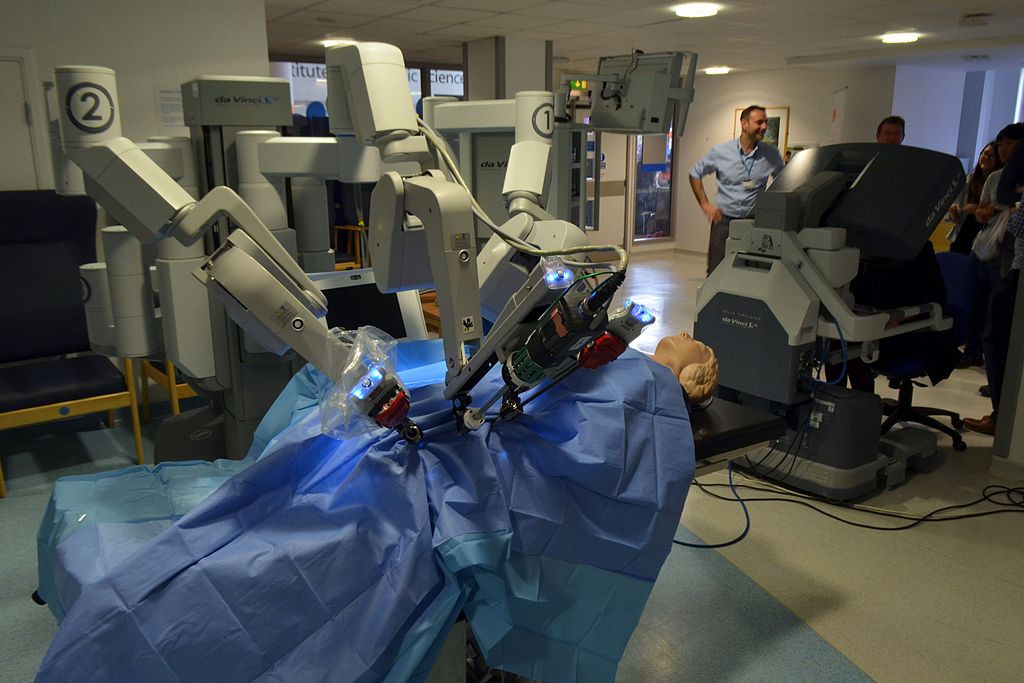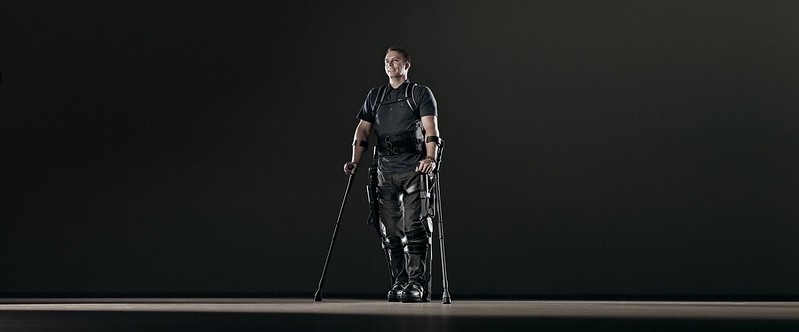How Robots Are Changing the Medical Sector for the Better

Robots have evolved over the years, becoming more practical and useful for industries of all kinds. They are now an invaluable part of each step of the health care process, from surgery to keeping patients company. Outside of hospitals and doctors’ offices, robots can also assist people living alone and long-term care workers.
Medical robots make a difference, changing the industry for the better. Here are some of the ways they are doing so.
Surgical Procedures
Surgery is one of the most critical aspects of the medical profession. It requires precision and adaptation. During a procedure, there are only so many ways a surgeon can bend and rotate their hands to get the best angles. A robotic system can help with the flexibility and accuracy of incisions and operations.
Some robotic systems are already in play. For instance, the da Vinci Surgical System provides high-quality 3D visuals during an operation. Surgeons then have a more accurate guide for how they need to perform. The human in charge still has full control, but the system’s tools bend and rotate more than non-robotic tools can.

Other robotic surgery systems are still in development. Google and Johnson & Johnson partnered in 2015 to develop surgical robots with highly advanced technology. These machines work with six arms, providing flexibility and control for a wide range of procedures.
There have also been widespread discussions about autonomous robots for surgical procedures. This concept is still in the works but could mean big things for the industry. If robots can operate on their own, hospitals could provide more and faster care to anyone who needs surgery.
Routine Tasks
Health care consists of many repetitive, routine tasks. Nurses monitor vitals, check on patients and handle specific responsibilities, like drawing blood. If robots take the wheel, nurses can instead focus on any emergencies that arise and jump in when critical care is needed.
On a small scale, robots can automatically take blood pressure for patients in the hospital, freeing up time for the staff. However, they can take this monitoring a step further, too. The National Science Foundation is working on a robot that will use heat signatures to locate the best part of an arm to draw blood.
Elsewhere, the TUG autonomous robot can carry supplies throughout the hospital. Staff can request the robot from room to room and floor to floor, and it will reach them quickly. This saves time and works day and night.
Apart from working directly with patients or staff, robots can complete sanitation-based tasks as well. This includes cleaning floors or disinfecting operating rooms. For example, the Xenex robot destroys germy cells on a microscopic level. This task is especially critical for reducing the spread of germs in high-risk areas.
Mobility
In and out of the hospital, robots are helping people gain or regain mobility in some capacity. Exoskeletons are newer robotic innovations that connect on the outside of a person’s body and can help them move. For those familiar with the “Marvel” movies, the character of Rhodey, War Machine, uses an exoskeleton to help him walk again after a paralyzing accident.
While the movie is fictional, that robotic technology is helping people in a real way. The tech works with the body to provide stability and support for the patient. It can then help facilitate movement and aid in recovery.

Exoskeletons can also help hospital staff who need assistance standing or moving during prolonged shifts or surgeries. In the supply chain, too, workers can use exoskeletons when lifting heavy inventory, like shipments of medicine that are heading to a hospital. Anyone who needs movement assistance, patient or worker, could use an exoskeleton.
Robotic prosthetics are operating in a similar manner. Patients can use a prosthetic limb for improved mobility. They use sensors to track their own position in relation to the rest of the body. Then, with flexibility and dexterity, the patient can move the robotic limb fluidly.
Diagnostics
While robots are helpful for addressing and treating medical issues, they’re also invaluable for diagnosing illnesses. Without robots, diagnosing a disease usually occurs once a patient presents symptoms or has a personal or family history of a condition. However, it’s important to also be able to catch potentially life-threatening conditions as soon as possible.
Robots can aid this process. A robotic system can process scans and tests. If something is wrong, it can pinpoint issues or abnormalities. An apparatus like Watson from IBM has proven to be an accurate and, in some cases, lifesaving tool.
Robots can take this diagnostic process a step further, too. Predictive diagnostics is the process of taking a patient’s complete medical history into account and then predicting how likely they are to develop an illness or condition. This process is especially helpful for hereditary cancers.
Socializing
Care is the most important factor throughout each step of the medical process. It traditionally comes from humans, so robots must have a caring touch. Here is where social bots come into play. They can mimic human actions and characteristics, like conversing, smiling and helping with loneliness.
Robots can keep patients who live by themselves or in a long-term care facility company. They come in different shapes and sizes, too — a younger child could have a robotic animal to play with. A senior citizen may want a social robot that can assist them with tasks, like setting reminders for medication.
Pepper, Zora and Buddy are examples of newer robots that act as companions. They’re programmable and customizable, which is ideal for patient care since everyone has different needs. They use cameras, sensors and microphones to move about and interact with people, giving them the human touch they need.
The focus on socialization is necessary during the pandemic. Loneliness, depression, anxiety — these issues can increase as COVID-19 affects most aspects of everyday life. Robots now have the power to be a source of mental health assistance, too.
Caregiving Robots Everywhere
Each of these areas shows how robots are changing the health care industry. They also show the potential they have to revolutionize things further. As robots help each part of the medical process, they become caregivers themselves. The possibilities offered by health care robotics are endless.
Thanks for helping to keep our community civil!
This post is an advertisement, or vandalism. It is not useful or relevant to the current topic.
You flagged this as spam. Undo flag.Flag Post


